 Universidad de Sevilla, Departamento de Ingenierķa Aeroespacial
Universidad de Sevilla, Departamento de Ingenierķa Aeroespacial


Vuelta a la página de Líneas de investigación - Return to Research Lines Page
PROJECT EMERGENTIA
Desarrollo de una Aeronave Convertible No-Tripulada para Despliegue Rápido y Eficiente en Situaciones de Emergencia
DevElopment of an unManned convERtible aircraft for rapid and efficient deployment in emerGENcy situaTIons
Return to EMERGENTIA Project
WP3. AERODYNAMIC STUDY
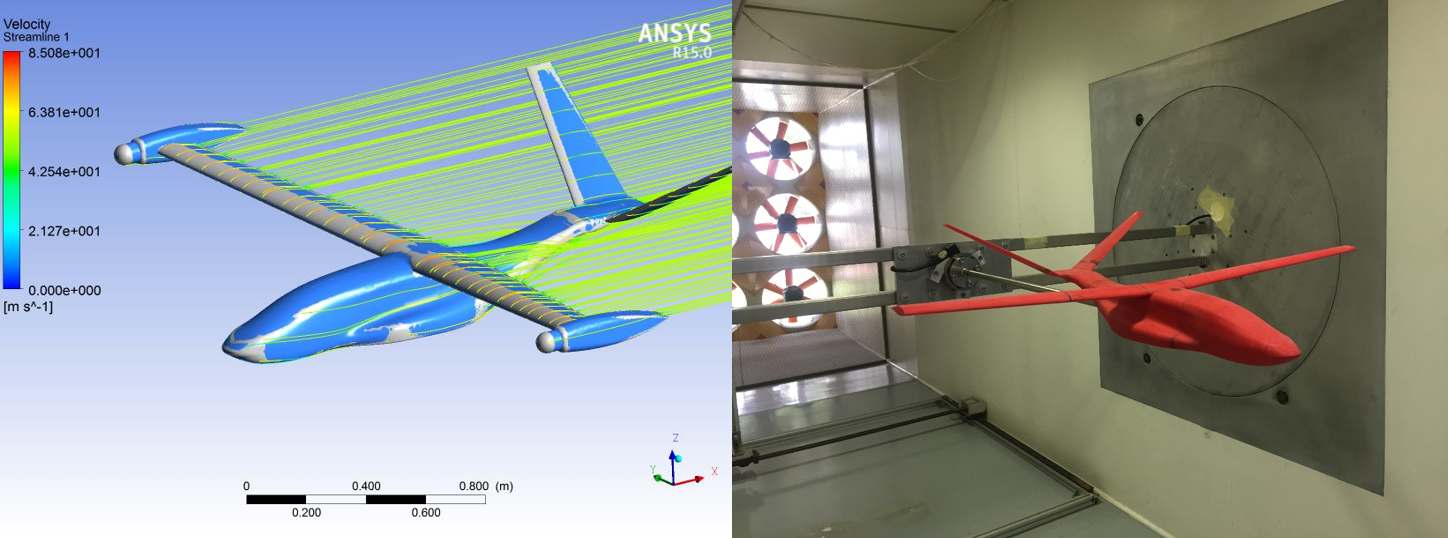

Responsibles: MPS
Participants: MPS, SER, FGJ, ACT, OLG, CGC.
Objectives:
- Detailed study of the aerodynamics of the fuselage, supporting and stabilizing surfaces, profiles that compose the aircraft rotors and rotors as complete subsystems.
- It is part of the preliminary design developed that will be completed concurrently with the results achieved in both the structural and the flight mechanis analysis.
- In this WP will be determined the coefficients of the aerodynamic forces and moments of the fuselage, supporting and stabilizing surfaces, profiles that compose the aircraft rotors and rotors as complete subsystems, for different angles of attack, slip, Reynolds number and Mach number.
- It is intended to approach the study using computational tools first and through partial experiments in wind tunnel later to validate said results.
- The study of the aerodynamic forces and moments will be used to generate advanced dynamic models to analyze both the stability and performance of the VTOL-CP in its entire flight envelope as well as the determination of aerodynamic loads for structural studies.
Subtasks
- T3.1. Preliminary determination of the aerodynamic properties of the subsystems of the VTOL-CP prototypes: using simple numerical methods.
- T3.2. Numerical study of aerodynamic properties of VTOL-CP prototype subsystems: In particular, the aerodynamic properties of both the fuselage, the aerodynamic and stabilizing surfaces, and the propulsion systems as a function of velocity, angle of attack and slip by advanced numerical methods (CFD) will be studied. studies have already been started with the prototype VTOL-CP1. The results obtained in this task will serve to define the range of the wind tunnel experiments.
- T3.3. Validation of the numerical results using wind tunnel experiments of the VTOL-CP prototype subsystems: Wind tunnel experiments will be performed to validate the aerodynamic models and propellers obtained in T3.2. developing aerodynamic and propulsive models based on speed, angle of attack and side-slip for both fixed and variable pitch propulsion systems. Will be emphasized in extending the wind tunnel experiments taking into account the parametric studies performed in the preliminary design to predict the possible variation in the design of the VTOL-CP associated with the sensitivity of the preliminary results obtained in the preliminary design phase. The tasks T3.2 and T3.3 will be developed in parallel and will be fed concurrently in order to validate the results of both tasks and be able to make design decisions regarding optimization of aerodynamics.These results will be used in the Flight Mechanics phase.
- T3.4 Validation of numerical results, wind tunnel and in-flight tests: Using the aerodynamic data obtained during the flight test phase, validate the results obtained in the theoretical and experimental studies (wind tunnel) , to facilitate the tasks of development of future prototypes
Feasibility and Contingency Plan:
- The researcher SER has extensive experience in the area of both theoretical and computational aerodynamics as a result of the know-how acquired during the development of aircraft for companies, which allows to approach with guarantee the study of the aerodynamic properties of a new prototype. To this experience is added the numerous experimental studies in wind tunnel analyzing and modeling propulsive systems by propeller, as well as characterizing aerodynamic surfaces
Available Materials:
- Access to a unique equipment, the wind tunnel of the Department of Aerospace Engineering of the US (which integrates several of the researchers of this project) with capacity to measure up to speeds of 30 m / s with the ability to vary the angle of attack of prototypes.
- The tunnel has dimensions in the test section of 1.80 m high by 1.40 m wide and 2.00 m long, which has load cells and 6GDL scales to measure forces and aerodynamic moments, as well such as HW and SW tools to facilitate data capture tasks.
- The SER researcher has developed over the last 4 years several benches (see image below left in Illustration 3) for the study and modeling of propulsion systems in wind tunnel (Esteban S., Project Emergentia, 2017) that allows to measure traction , torque, input and output powers for fixed and variable pitch systems, which is an objective innovation at the university level.
- To these infrastructures it is necessary to add two numerical control machines that allows to mechanize all type of pieces, a printer 3D, and infusion systems of composite materials.
- There is also a manufacturing laboratory with cutting and machining tools. In addition, MGJ, the Workshop Master of the US Department of Aerospace Engineering and Fluid Mechanics, has more than 30 experience in machining and manufacturing, which will be of prime importance for the development of models to be used in the wind tunnel.
Publications
Master Thesis
Aerodynamic
- “Estudio de una herramienta para el diseño preliminar aerodinámico de aviones orientada a su uso académico: openvsp,” Alfonso Sancho Molina, Master Thesis Defense, Ingeniería Aeronáutica, Universidad de Sevilla, 2018, Advisor: Sergio Esteban
Thesis
Propulsive
- “Desarrollo de un Equipo para la caracterización en
Túnel de Viento de Plantas Propulsoras de Motor
eléctrico y Hélice con ángulo de incidencia variable,” Raimundo Blanco Hacar, Thesis Defense, Grado en Ingeniería Aeroespacial, Universidad de Sevilla, 2015, Advisor: Sergio Esteban
- "Ensayos de planta propulsora de motor eléctrico y hélice en túnel de viento con ángulo de incidencia variable," Daniel pinazo Jiménez, Thesis Defense, Grado en Ingeniería Aeroespacial, Universidad de Sevilla, 2016. Advisor: Sergio Esteban
- "Ensayos de Planta Propulsora de Cabeza de Helicóptero en Túnel de Viento con Ángulo de Cabeceo e Incidencia Variable para Velocidades de Vuelo de Transición entre Vuelo de Avance y Vuelo Vertical", David Barea Vizuete, Thesis Defense, Grado en Ingeniería Aeroespacial, Universidad de Sevilla, 2017, Advisor: Sergio Esteban

Research Lines
- Aerodynamic Studies
- Aerodynamic of the preliminary design: development of tools that permit optimization designs:
- Tilt-Rotor Propulsion Studies
- Test-bench design: Design and construction of a test-bench for prop-testing in wind tunnel allowing tilt angles:
- Preliminary Results:
- Setp up , 22 in (0.55 m) diameter APC propeller (22in x 12 in): Videos of setup: Video 1, Video 2:
- Experiments: tested in wind tunel for:
- several RPM (constant throughout the experiment) 2000, 3000, 4000 and 5000 RPM
- seveal speeds (0-22 m/s)
- several tilt angles: Thrust results, Torque results
- Cases 1: low tilt angles 0,5,10,15,20 degrees:
- Cases 2: high tilr angles: 30, 45, 60, 75, 90 degrees:
- Fixed pitch propeller studies: Use a commercial available test bench (RC Bench Mark Dynamometer Series 1580) to model tilt rotor properties of a FIXED PROPELLER in wind tunnel allowing tilt angles:
- Preliminary Results:
- Experiments: tested in wind tunel for:
- several RPM (constant throughout the experiment) 2000, 3000, 4000 and 5000 RPM
- seveal speeds (0-22 m/s)
- several tilt angles: Thrust Coefficient (CT), Torque Coefficient (CQ), Power Coefficient (CP).
- Cases: tilt angles 0,5,10,15,20, 30, 40, 50, 60, 70, 80, 90 degrees:
- Variable pitch propulsion: Use a commercial available test bench (RC Bench Mark Dynamometer Series 1580) to model tilt rotor properties of a HELICOPTER HEAD in wind tunnel allowing pitch and tilt angles:
- Preliminary Results:
- Experiments: tested in wind tunel for:
- several RPM (constant throughout the experiment) 2000, 3000, 4000 and 5000 RPM
- seveal speeds (0-22 m/s)
- several blade pitch angles: 0,4,8,12, degrees:
- several tilt angles: 0,5,10,15,20, 30, 40, 50, 60, 70, 80, 90 degrees:
- Videos: Tilt from 0 to 45 degrees. Tilt from 90 to 45 degrees. Wind Tunnel experiments at 0 degrees.
CFD ANALYSIS



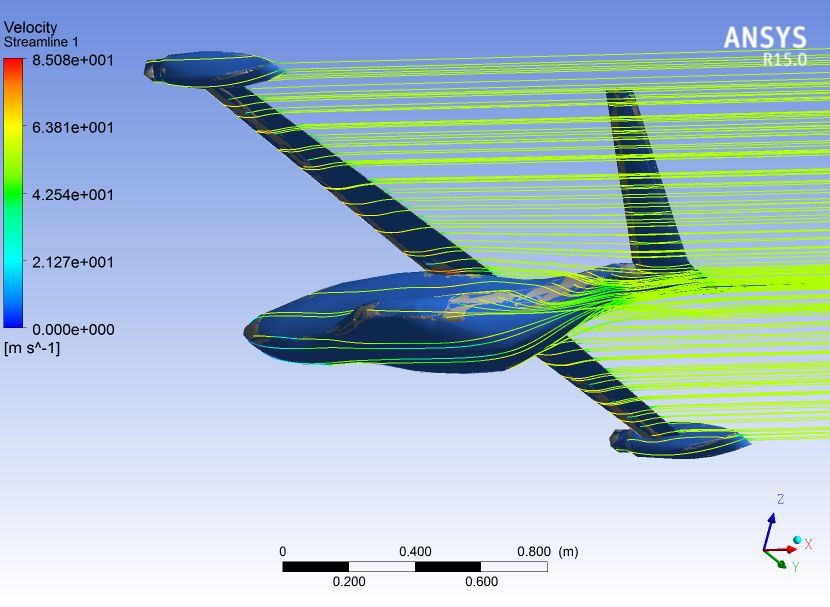
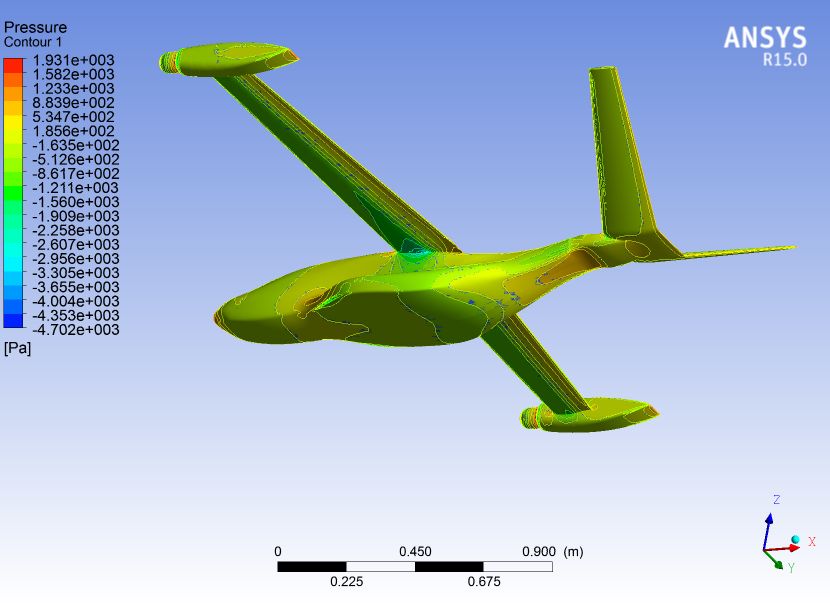
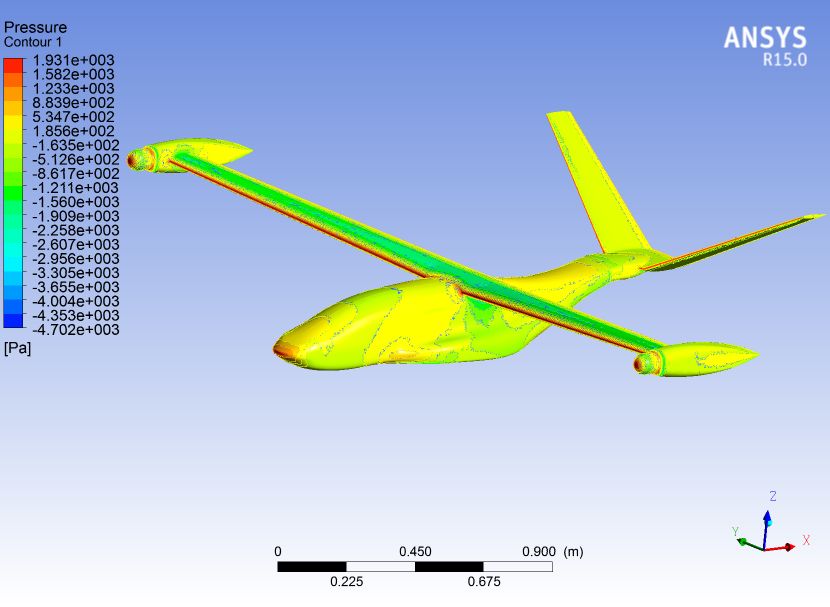



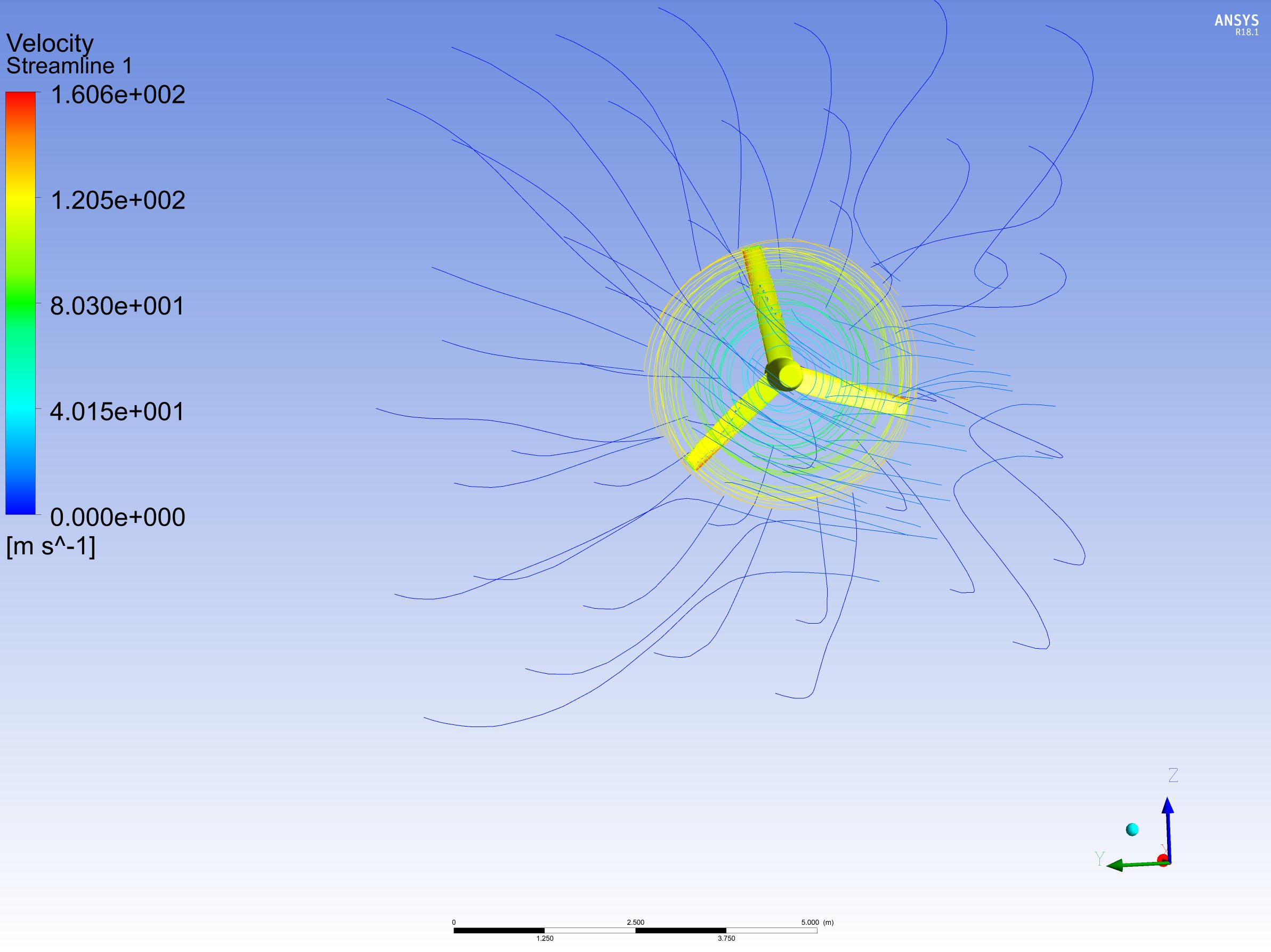
WIND TUNNEL

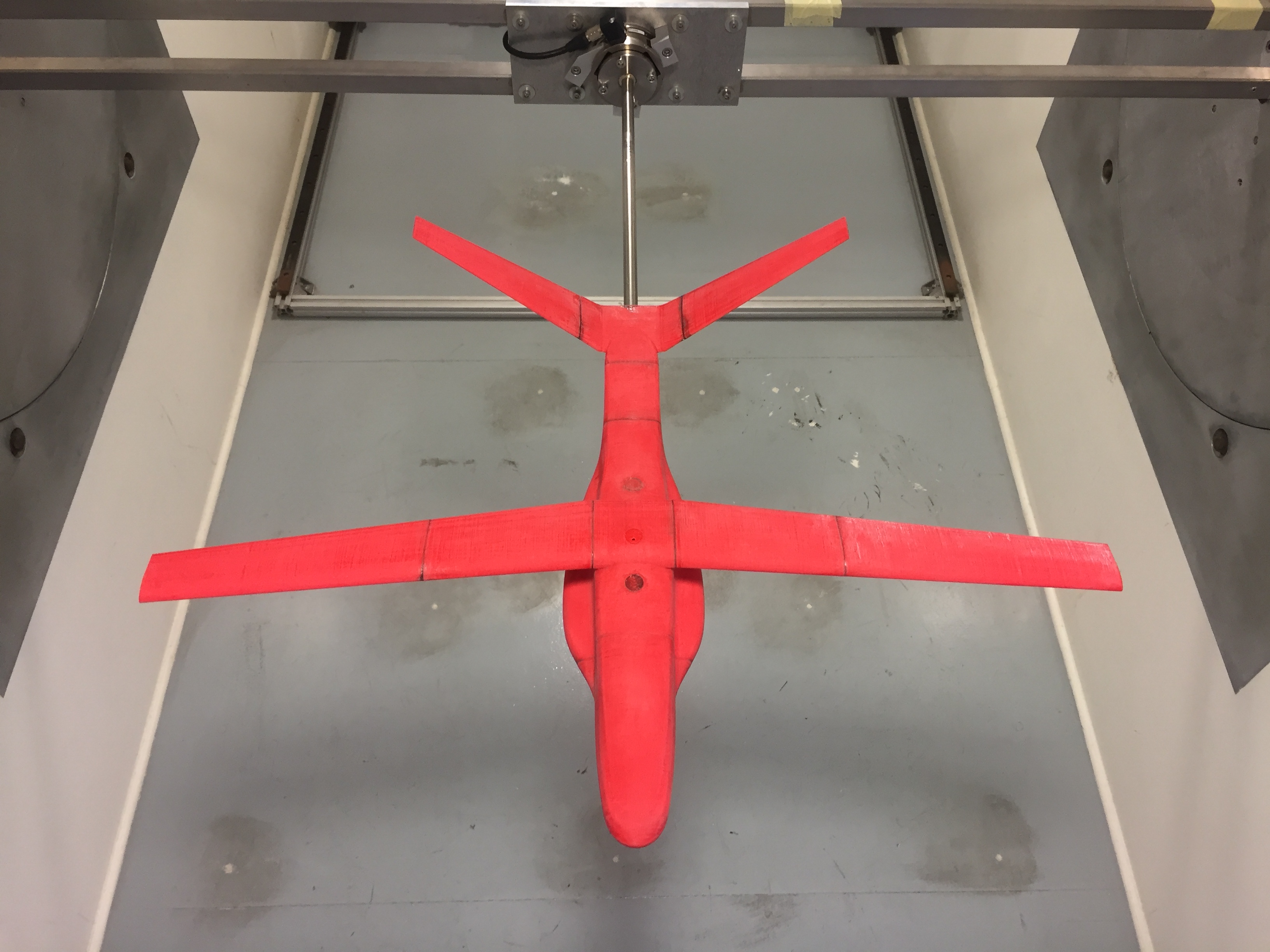
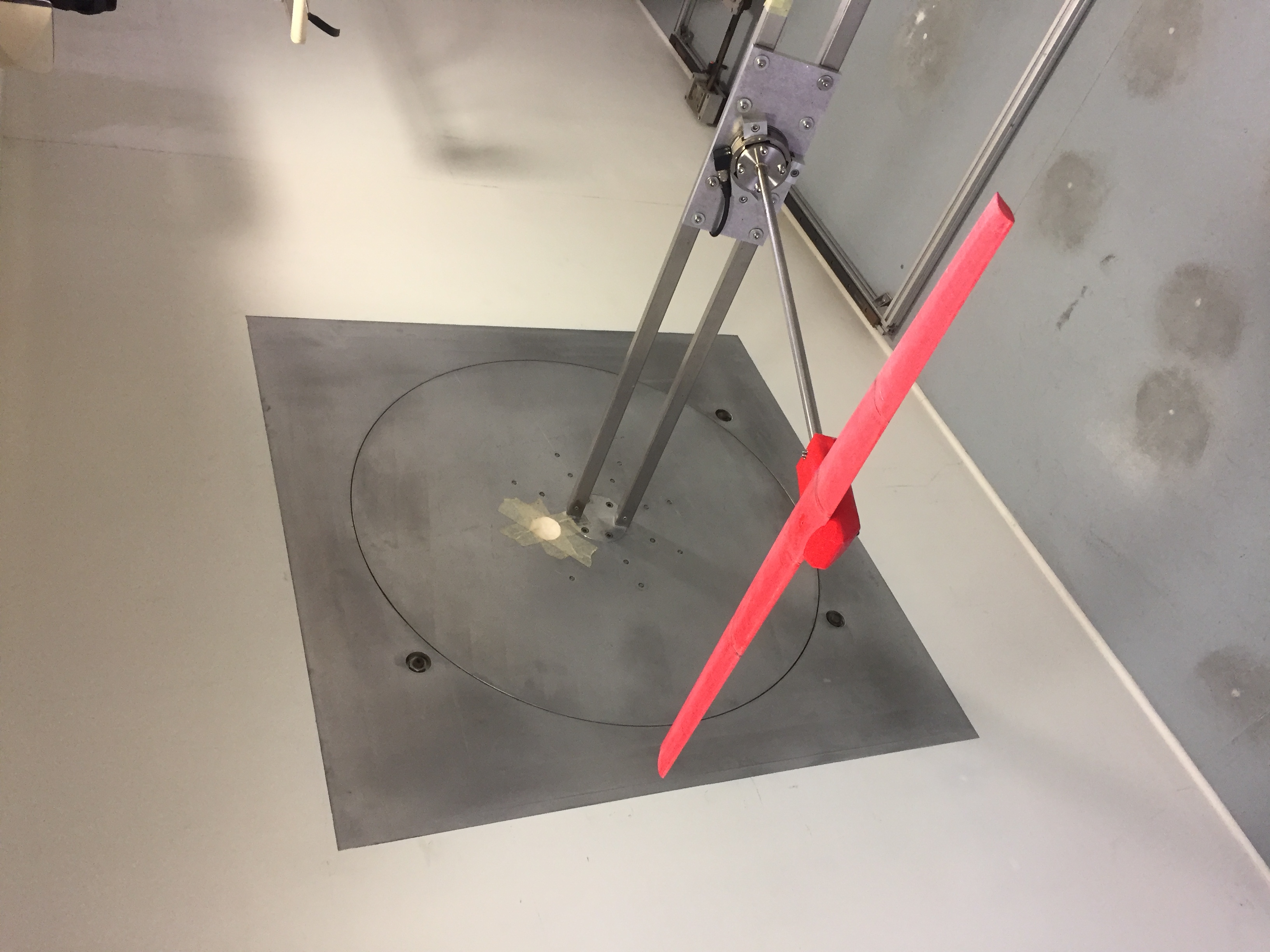
Wind tunnel results for Lift Coefficient: wing alone
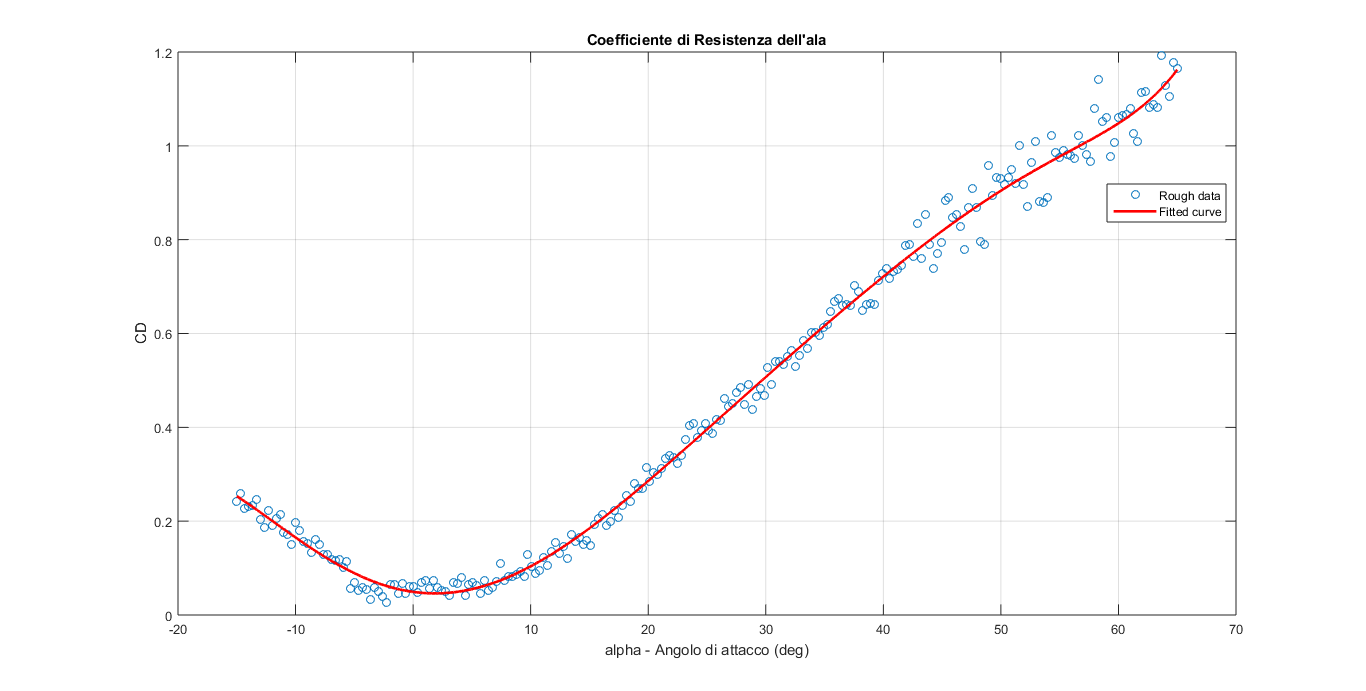
Wind tunnel results for Drag Coefficient: wing alone
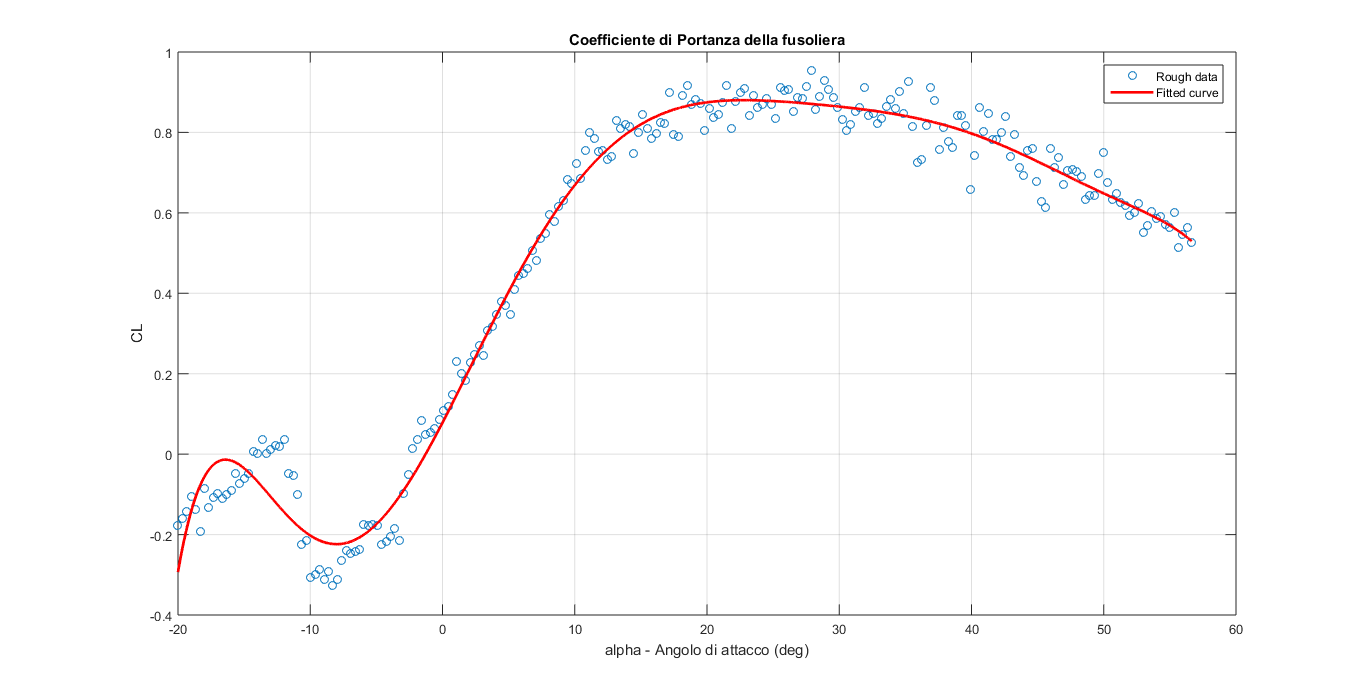
Wind tunnel results for Lift: wing alone
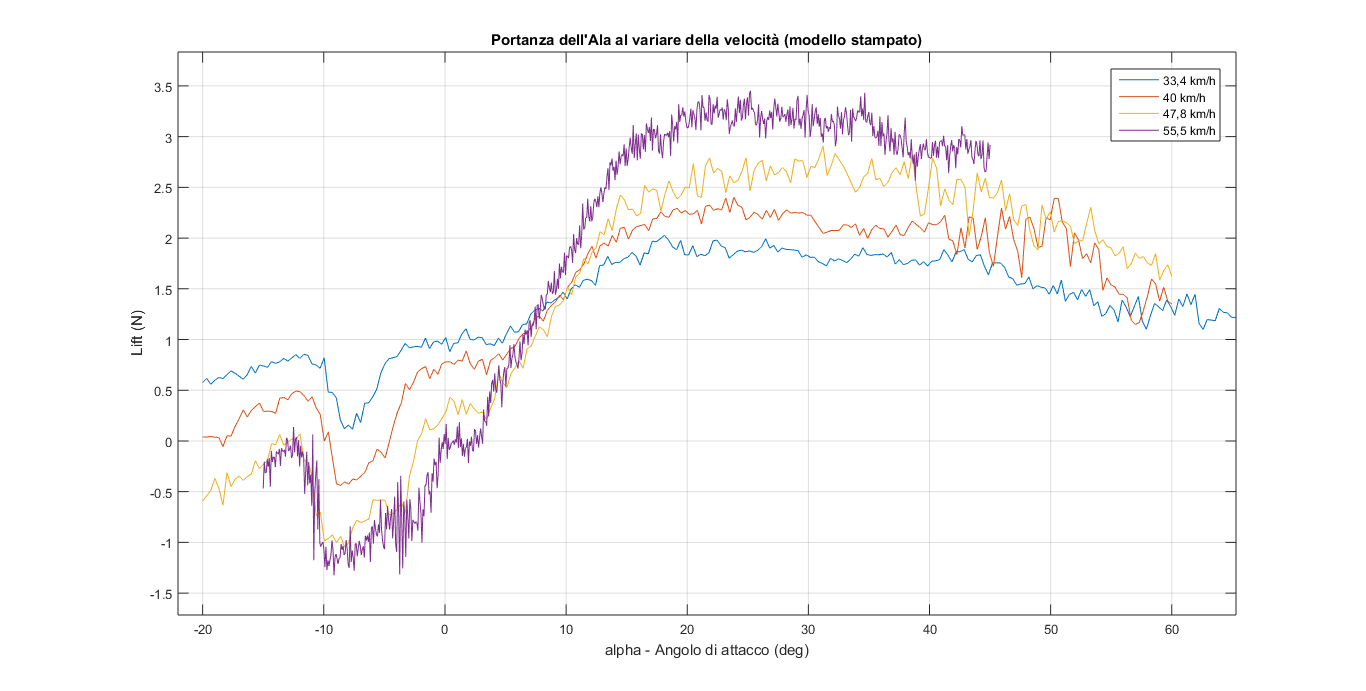
TILT-ROTOR PROPULSION DESIGN

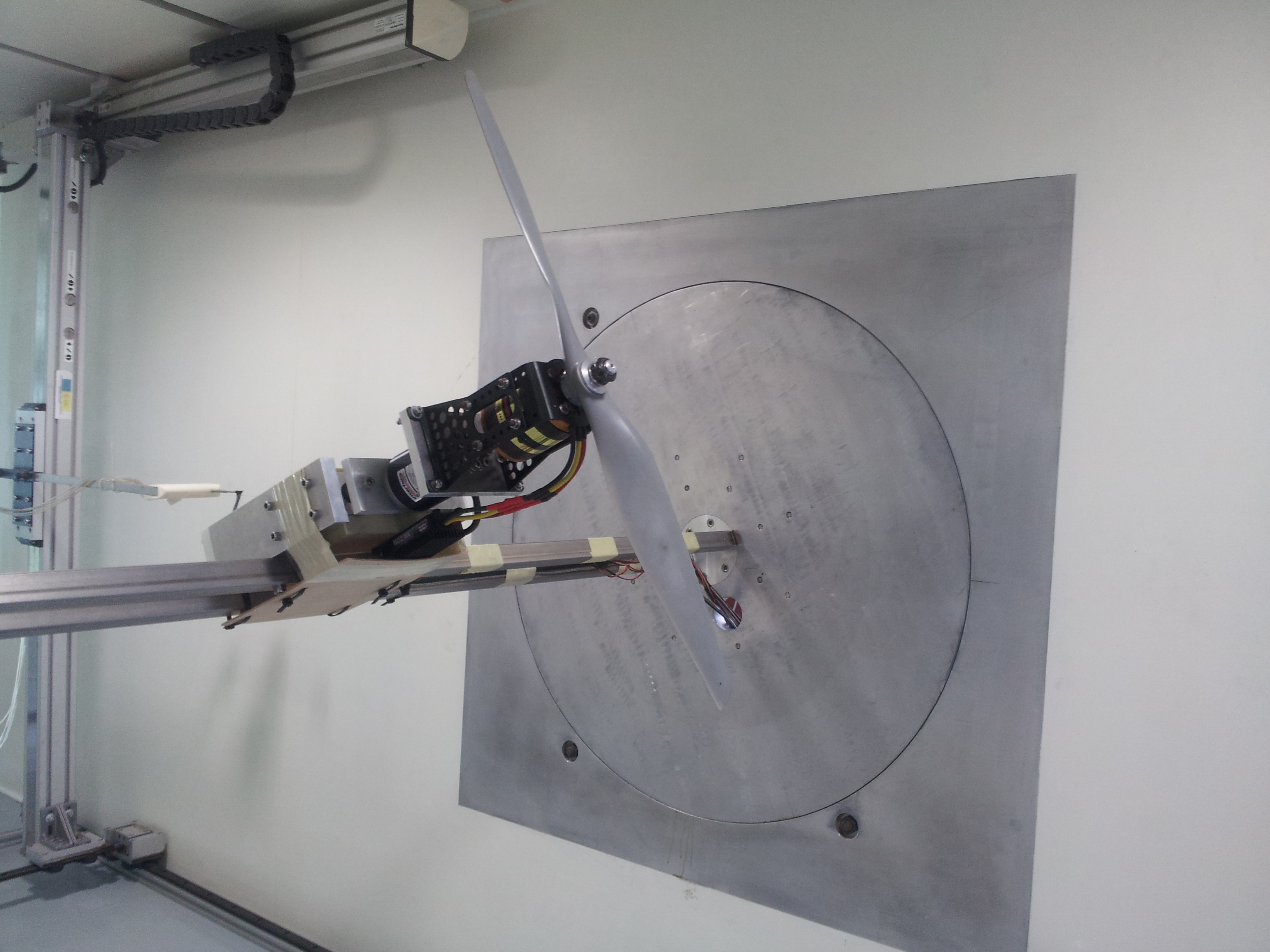

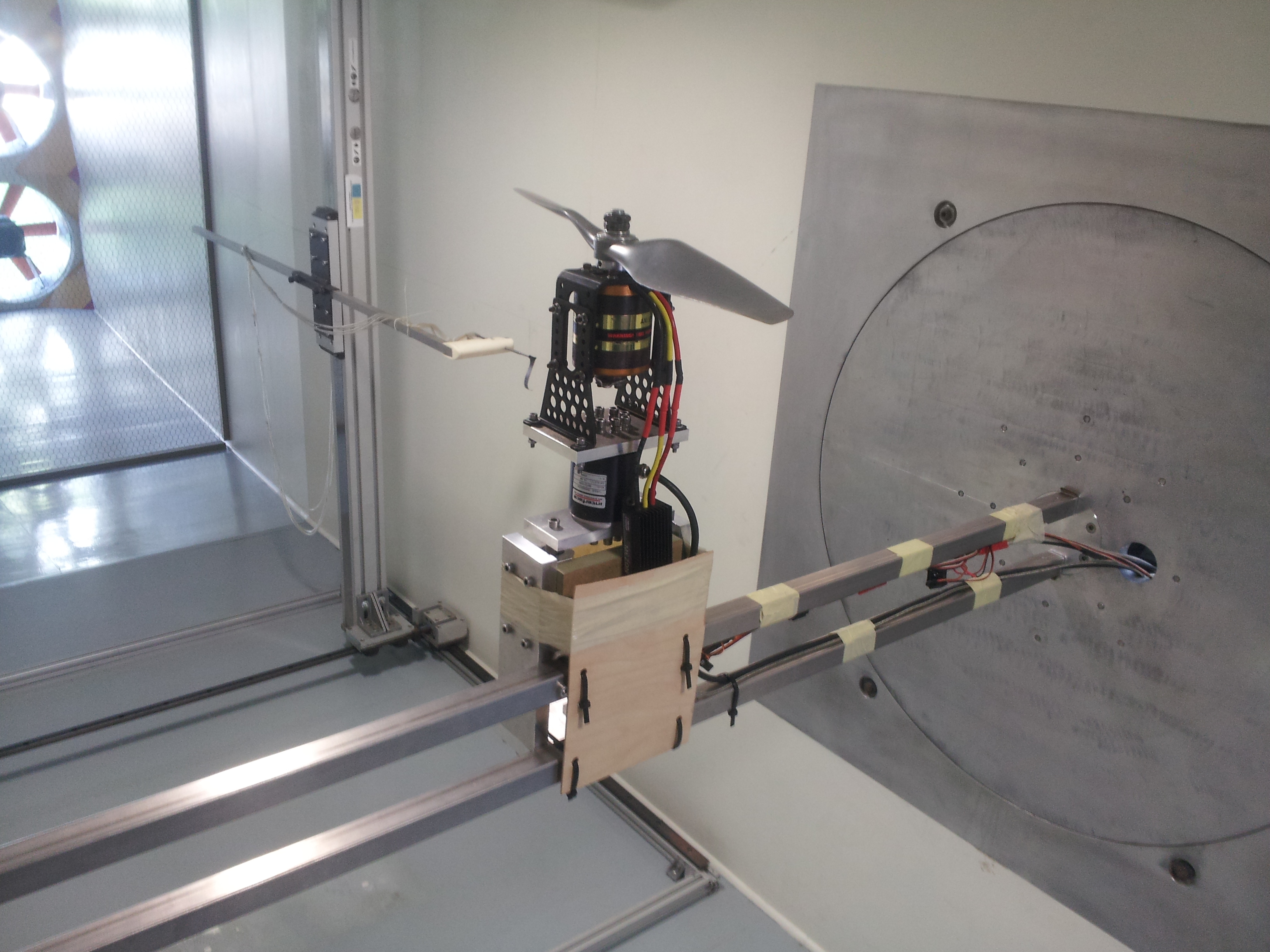

TILT-ROTOR PROPULSION DESIGN - FIXED PITCH
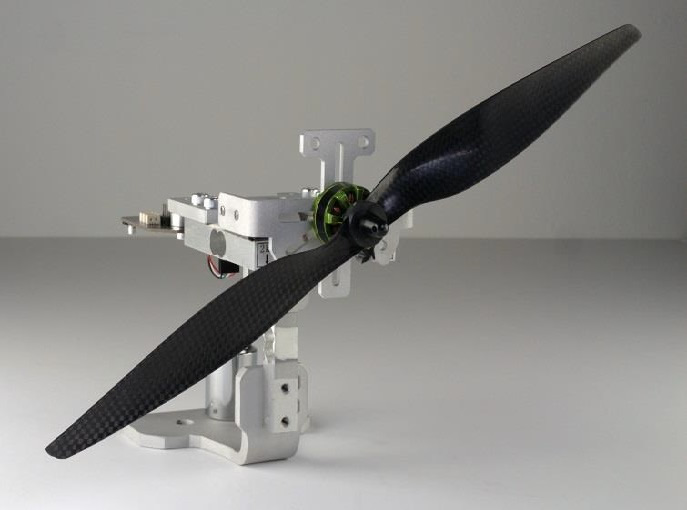
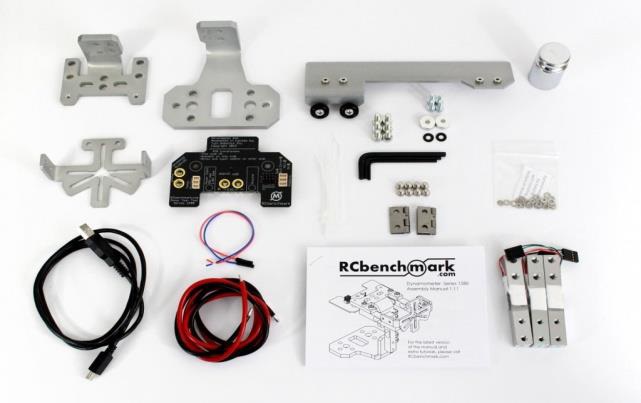

© 2018 Sergio Esteban Roncero: contact sesteban@us.es
![]()

![]()
![]()

















